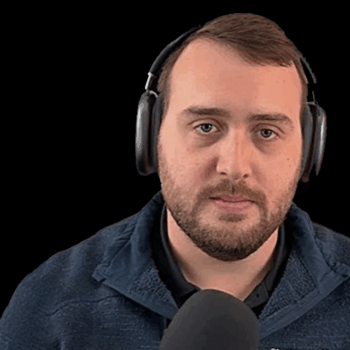

Table of contentsNavigating the Unpredictable Landscape of Pandemic ManagementIntroductionA Never-ending TimelineThe Role of Dr. FauciNew York City: A Unique ChallengeThe Changing Definition of CasesThe Elusive Search for HopeThe Balance of Risks and BenefitsEmbracing Natural ImmunityNavigating the Complex Terrain of Pandemic ManagementIntroductionA Spectrum of Vaccine CautiousnessThe Complexity of VaccinesThe Role of Natural ImmunityData Interpretation ChallengesThe Delicate Balance of Public Health and Personal FreedomsNavigating Vaccine Mandates and Individual ChoiceIntroductionBalancing Personal Choice and Public HealthThe Debate Over MandatesRacial Disparities in Vaccine AccessRisk Assessment for Young PeopleVaccine Efficacy and VariantsFDA Approval and OversightConclusionFAQ’sRelated Article’s
Navigating the Unpredictable Landscape of Pandemic Management
Introduction
In the midst of a global pandemic, the world has witnessed an unprecedented level of uncertainty and constantly evolving narratives surrounding COVID-19. As we embark on this journey into the intricate web of pandemic management, it becomes increasingly evident that the initial expectations of a brief two-week slowdown have faded into a nebulous continuum of unpredictable measures and shifting deadlines. This article delves into the ever-changing landscape of pandemic control, exploring how the definition of cases, the use of testing, and the pursuit of hope have been integral aspects of our collective experience.
A Never-ending Timeline
As we reflect on the COVID-19 pandemic’s progression, it’s essential to recognize that the initial notion of a “two weeks to slow the spread” has extended far beyond its original scope. We now find ourselves well beyond day 527, with no definitive end in sight. The evolving narratives and shifting deadlines have left many feeling disoriented and skeptical of the measures implemented.
The Role of Dr. Fauci
Dr. Anthony Fauci, a prominent figure in the fight against COVID-19, has played a pivotal role in shaping public perceptions. His statements, often subject to scrutiny and controversy, have influenced our expectations. One notable instance involved his prediction of a return to normalcy by spring 2022, a statement that was later amended to fall 2022. This constant back-and-forth has contributed to the sense of uncertainty that surrounds the pandemic response.
New York City: A Unique Challenge
New York City, an epicenter of the pandemic’s early stages, faced a unique set of challenges. The city’s density and multiculturalism, with over 400 languages spoken, posed significant hurdles in coordinating pandemic responses. The close proximity of residents in subways, buses, apartments, and hallways made it an ideal breeding ground for the virus. Consequently, the “two weeks to slow the spread” measures were crucial here but less so in other regions.
The Changing Definition of Cases
One of the most significant shifts during the pandemic was the definition of a “case.” Initially resembling a traditional understanding of an illness case, it later became synonymous with a positive test result. The use of Polymerase Chain Reaction (PCR) testing, with its variable cycle thresholds, enabled the detection of minuscule viral remnants. This shift led to the perception that cases were more widespread than they might actually have been, contributing to the overall fear and confusion.
The Elusive Search for Hope
Throughout the pandemic, hope seemed to be in short supply. While medications like Ivermectin and Hydroxychloroquine, with their FDA approval and documented uses for other conditions, faced skepticism and resistance, other drugs had successfully transitioned from their original purposes to entirely new applications. For instance, Viagra, initially developed as an anti-anginal medication, eventually became a revolutionary treatment for erectile dysfunction.
Discover more from Randy Bock MD PC
Subscribe to get the latest posts sent to your email.























